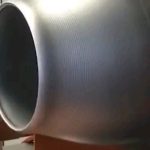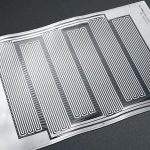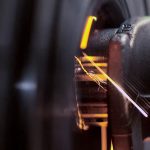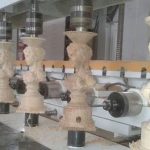What is aluminum anodizing?
The anodic layer proceeds with the direct current through an electrolytic solution, with an aluminum object that serves as an ascent. Aluminum anodizing is to enhance the thickness of the oxide layer on its surface to improve its anti-corrosion and wear ability. After the anodizing process, the alumina layer is with improved adhesion of solid paints and adhesives to the bare metal.
The common method, type II anodizing, applies a layer of aluminum oxides that is generally 0.005 – 0.025 mm. Compared to type II anodizing, type III anodizing, as it is known as hard coating, can make 0.050 mm (+/- 20 %) Thickness. Besides, hard anodized elements usually have copper, gray or black finish. The color can vary depending on the purity of the aluminum substrate. In addition, hard anodizing will make the aluminum alloy more resistant to corrosion. The thicker an oxidized layer is, the more effective it can protect the finished part from moisture, oxygen, and other factors.
The quality of the aluminum anodizing coating
As time goes on, the quality of the anodized layer may deteriorate. Not only do the anodized parts stored in the highly saline and humid environment affect the quality of the anodized layer, but the poor quality of the anodized solutions used in the coating process also has a negative effect. As for good aluminum anodizing, the surface appearance should be glossy and silky like.






